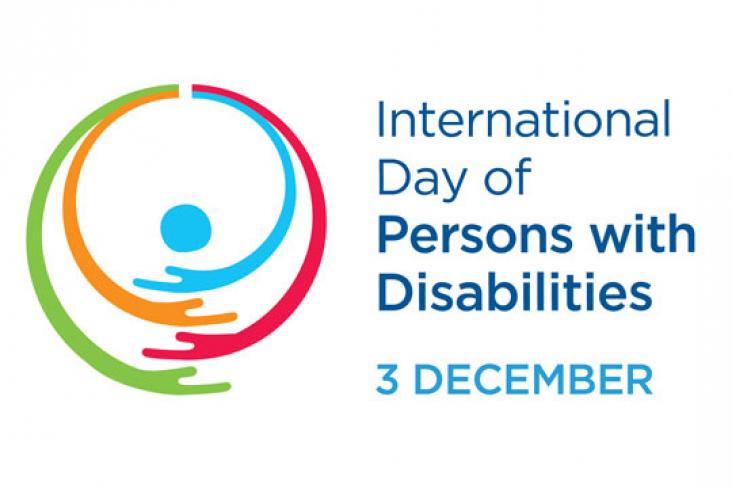Background: Evidence suggests that culturally adapted psychological interventions have some benefits in treating diverse ethnic groups.
Background: Houses in mild-climate countries, such as Australia, are often ill-equipped to provide occupants protection during cold weather due to their design.
Background: Latin America and the Caribbean present the second highest adolescent fertility rate in the world, only after sub-Saharan Africa, and have reached the third position globally in the incide
Review article discussing how risk factors and accumulation of environmental insults over one's life contribute to later life neurodegenerative disorders
While social justice is a pillar that society seeks to uphold, in the area of organ transplantation, social justice, equity, and inclusion fail in the unbefriended and undomiciled population. Due to lack of social support of the homeless population, such status often renders these individuals ineligible to be organ recipients. Though it can be argued that organ donation by an unbefriended, undomciled patient benefits the greater good, there is clear inequity in the fact that homeless individuals are denied transplants due to inadequate social support. To illustrate such social breakdown, we describe two unbefriended, undomiciled patients brought to our hospitals by emergency services with diagnoses of intracerebral haemorrhage that progressed to brain death. This proposal represents a call to action to remediate the broken system: how the inherent inequity in organ donation by unbefriended, undomiciled patients would be ethically optimized if social support systems were implemented to allow for their candidacy for organ transplantation.
Speech to text (STT) technology automatically transcribes users’ speech to a computer screen. Research indicates that STT shows promise as an alternative mode of composition, supporting students in making fewer errors, writing more, and writing better. Much of this research takes place in elementary and middle schools, often focusing on students with identified learning disabilities.
The community-based MLMC intervention described in this paper had significant impacts on individual intake of dietary fat and carbohydrates. These dietary behaviors are important key factors related to chronic disease risk and further implementation of MLMC interventions could go someway way to improve dietary intake among Native American populations post-colonization.


